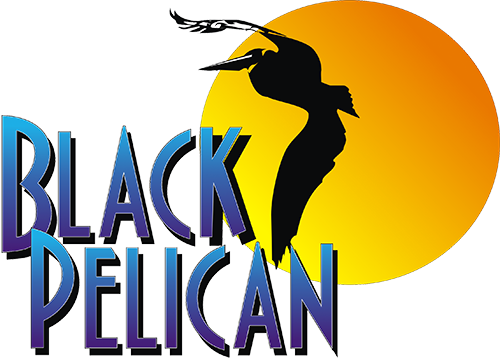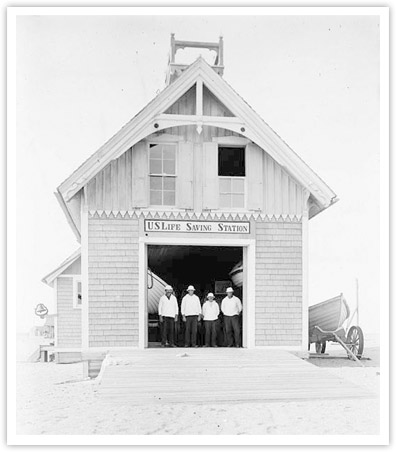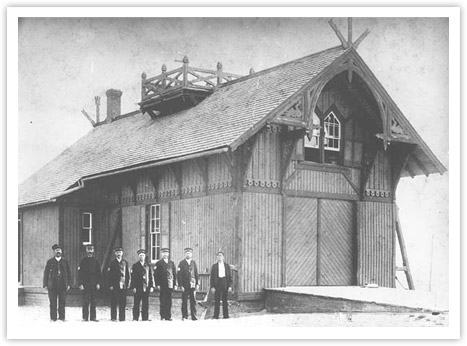
Black Pelican Awards
We are so thankful and honored to have received these awards!
Wedding Wire
Wedding Wire Couple’s Choice Awards – 2019
Wedding Wire Couple’s Choice Awards – 2018
Best of The Beach
2019 Best of the Beach
Best Catering
Best Seafood Restaurant
Best Desserts
Best Kid Friendly Restaurant
Best Family Restaurant
2018 Best of the Beach
Best Catering
Best Bar
Best Waterfront Dining
The Outer Banks Voice | Jam Media
March of Dimes
March of Dimes
Signature chefs Auction
Outstanding Culinary Presentation 2014
March of Dimes
Signature Chefs Auction
Dish of the Outer Banks 2014
March of Dimes
Signature Chefs Auction
Most Outstanding Dessert 2015
Outer Banks Restaurant Association
3rd Place People’s Choice
2014 Taste of the Beach
Outer Banks Restaurant Association
2nd Place
Outer Banks Catch
2015 Taste of the Beach
Outer Banks Restaurant Association
People’s Choice
Best Dessert
2016 Taste of the Beach
Outer Banks Restaurant Association
People’s Choice
2nd Place
2017 Taste of the Beach
Outer Banks Restaurant Association
Judges 3rd Place
2017 Taste of the Beach
Outer Banks Restaurant Association
Judges Best 2nd Place
2018 Taste of the Beach
Outer Banks Restaurant Association
Grand Chef’s Award
Taste of the Beach 2019
Outer Banks Restaurant Association
2019 Taste of the Beach
Judge’s Best in Show
Outer Banks Restaurant Association



